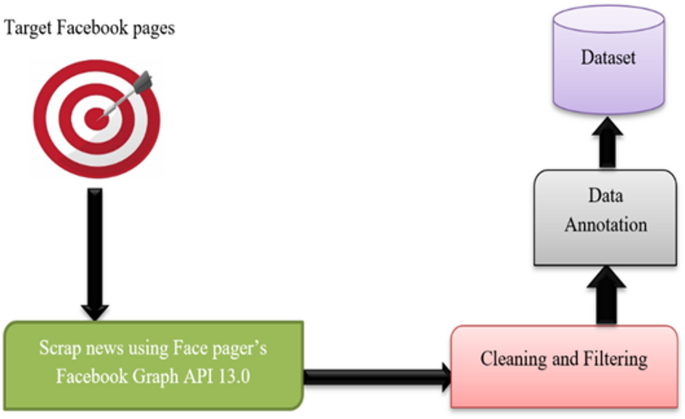This study employs an experimental research methodology. Experimental research is a scientific approach in which one or more independent variables are deliberately manipulated to observe their effects on one or more dependent variables. This…
Category: 7. Maths
-
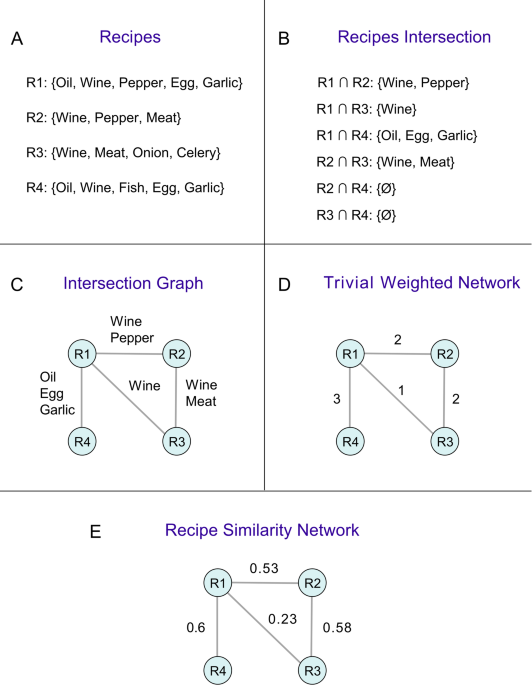
The recipe similarity network: a new algorithm to extract relevant information from cookbooks
Comparison of different approaches to network construction
This section examines how varying methodologies influence the structure of the RSN derived from the cookbook database. Specifically, we analyse the centrality of nodes in the RSN built…
Continue Reading
-
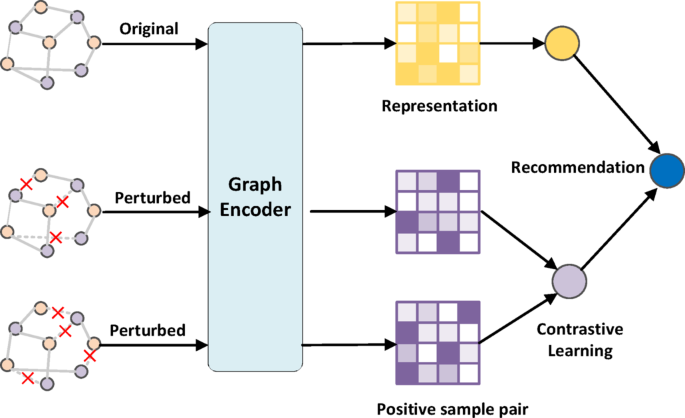
Noise-augmented contrastive learning with attention for knowledge-aware collaborative recommendation
The model as shown in the Fig. 3. The left subfigure shows the framework of NA-KGACL, consists of four parts: 1) Embedding Layer, which parameterizes each node into a vector to construct the CKG; 2) Attentional embedding propagation Layer,…
Continue Reading
-
![Existence and controllability analysis of multi-term fractional coupled systems with generalized $$[\psi ,w]$$ -Caputo-Fabrizio operators](https://scienewsd.appsfornexus.com/wp-content/uploads/2025/10/41598_2025_17523_Fig1_HTML.png)
Existence and controllability analysis of multi-term fractional coupled systems with generalized $$[\psi ,w]$$ -Caputo-Fabrizio operators
In this section, we use the fixed-point theorems of Banach, Krasnoselskii, and Schauder to establish theorems on the existence, uniqueness, Ulam-Hyers stability, and controllability of the proposed system (2). Initially, as explained in the…
Continue Reading
-

A social network graph partitioning algorithm based on double deep Q-Network
Definition 1
(Social Network Attributed Graph): A social network can be represented as an attributed graph G, a 4-tuple \(\:G=\left(V,E,NT,ST\right)\) where the vertex set
Continue Reading
-

An incentive-aware federated bargaining approach for client selection in decentralized federated learning for IoT smart homes
Federated Learning in IoT smart homes presents challenges related to inefficient client selection, data heterogeneity, security threats, and lack of incentive mechanisms. The proposed Incentive-Aware Federated Bargaining (IAFB) framework…
Continue Reading
-

A data efficient framework for analyzing structural transformation in low and middle income economies
Data and sampling design
We focus our empirical analysis on four structurally diverse low- and middle-income countries (LMICs), namely, Kenya, Nigeria, Ghana, and South Africa. These countries were selected for three reasons. First, they exhibit…
Continue Reading
-
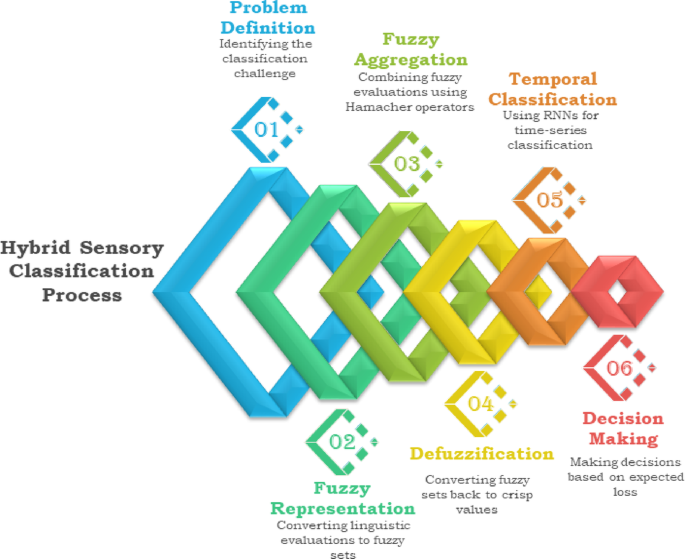
An intelligent fuzzy-neural framework for autism sensory assessment using hierarchical linguistic modeling and risk-based temporal decision-making
To evaluate and select the most effective sensory intervention for children with Autism Spectrum Disorder (ASD) using Double Hierarchy Hesitant Linguistic Term Sets (DHHLTS), Recurrent Neural Networks (RNNs), and Three-Way Decision-Making (TWD)….
Continue Reading
-
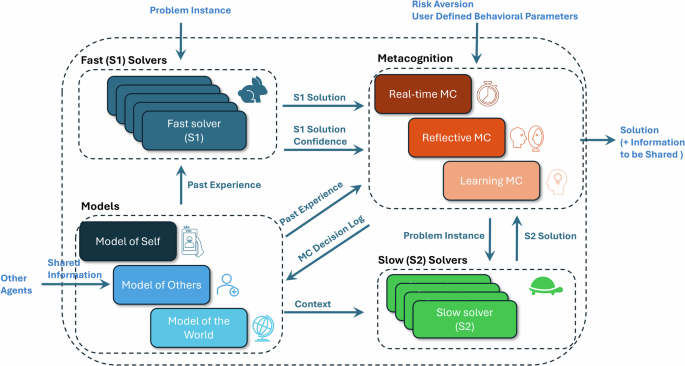
Fast, slow, and metacognitive thinking in AI
Thinking fast and slow in humans
Human intelligence has been studied by focusing on at least two levels: the field of cognitive science focuses on the mind while the field of neuroscience focuses on the brain. Both approaches have been adopted in…
Continue Reading
-
AI reshaping financial modeling | npj Artificial Intelligence
MVO and BLM
In this subsection, we briefly introduce the background knowledge of MVO and BLM. MVO laid the foundation for modern portfolio management by formalizing the trade-off between risk and return13. In this framework, an investor chooses…
Continue Reading
